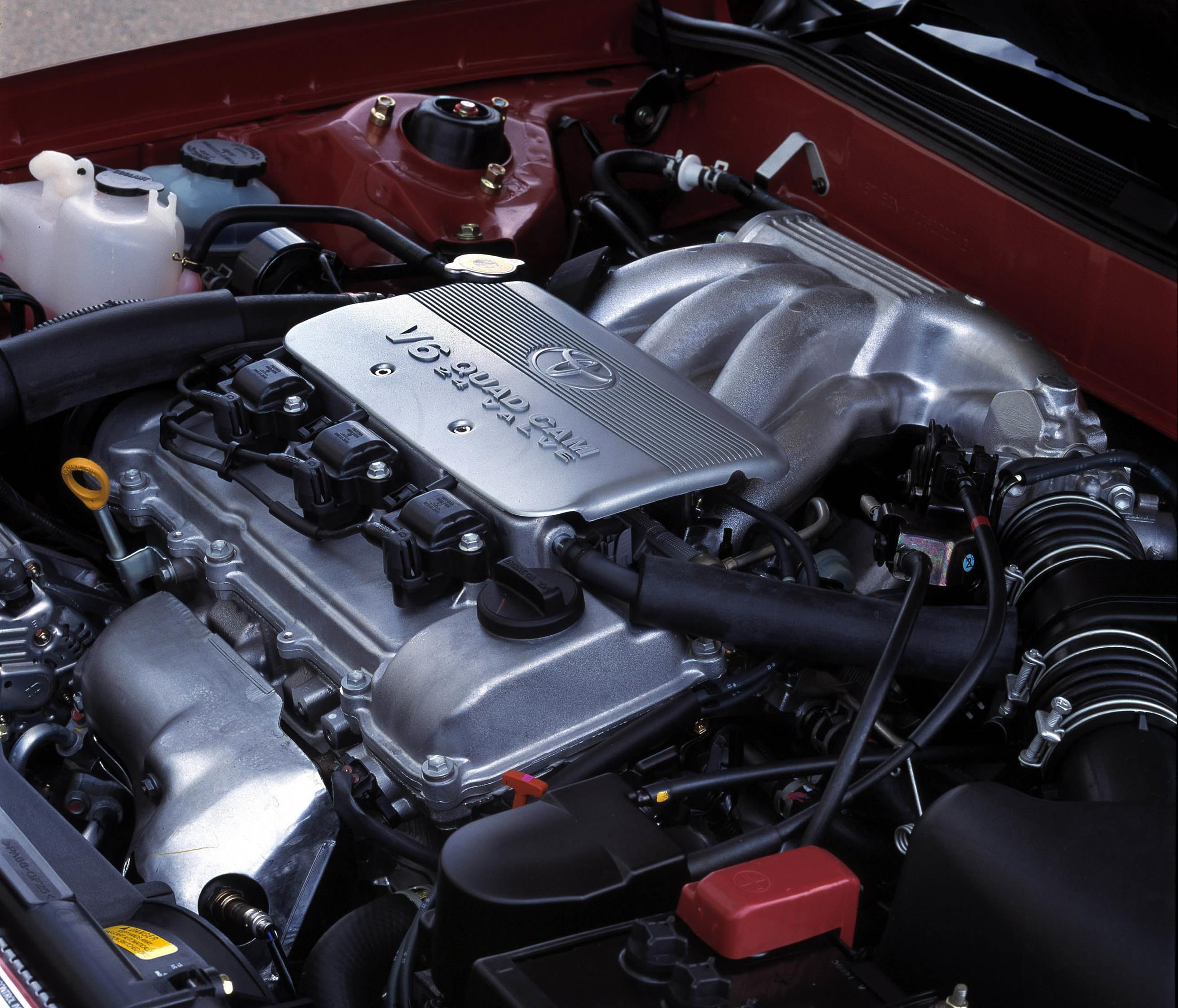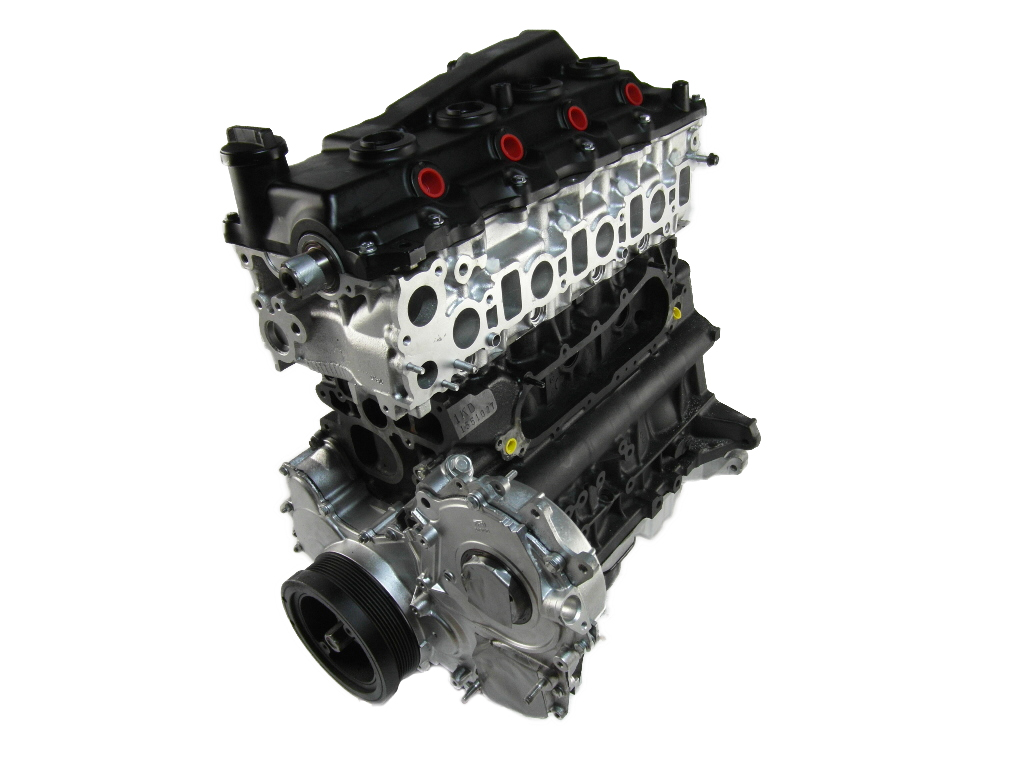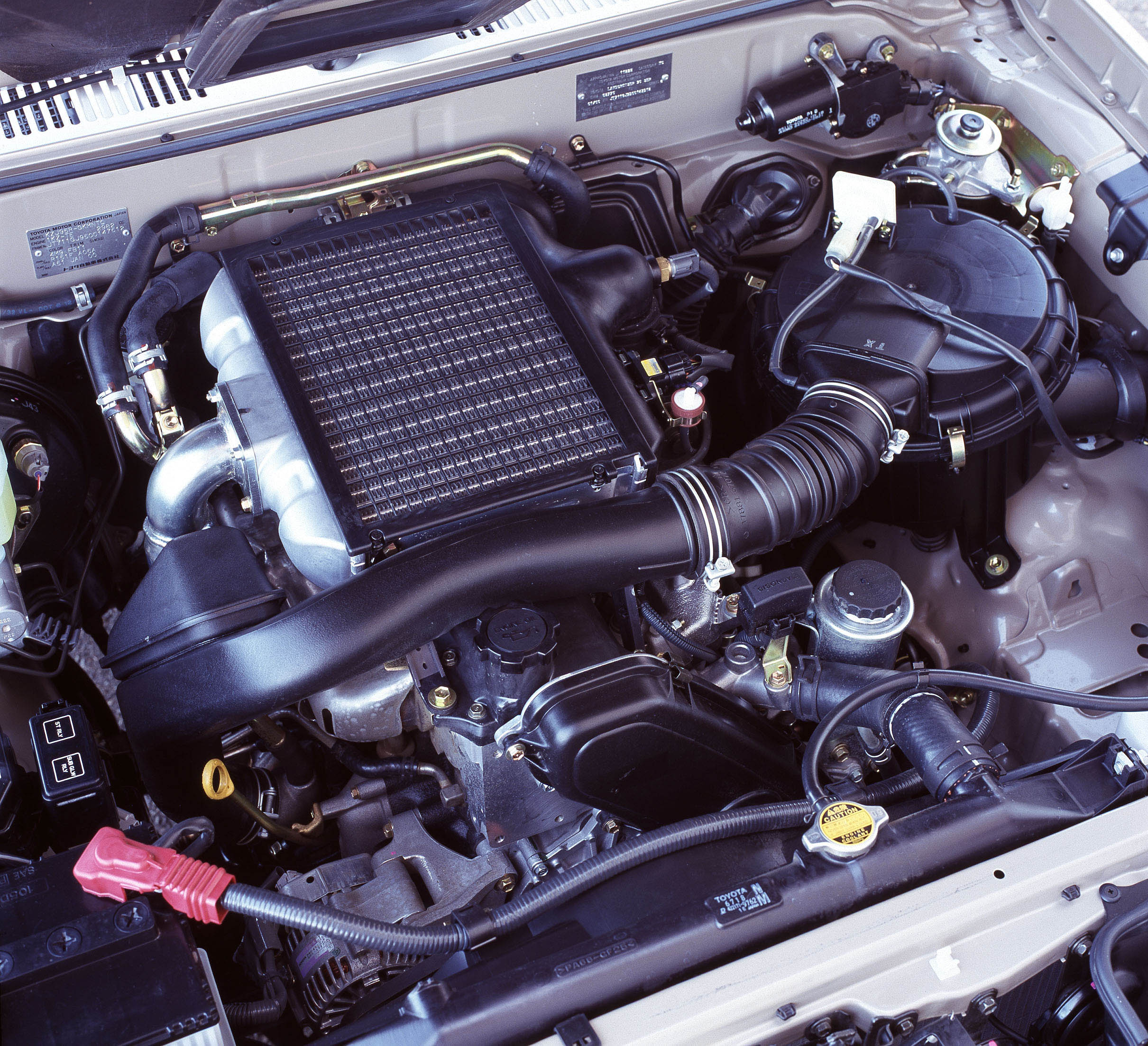Introduction
Mazda’s PE-VPS was a 2.0-litre four-cylinder petrol engine that was marketed under the ‘SkyActiv’ label and first introduced in 2011 in the Mazda BL Mazda3 SP20 SkyActiv. Since then, the PE-VPS engine has been deployed in the Mazda KE CX-5, Mazda BM Mazda3, Mazda CX-3 and Mazda ND MX-5(see table below). For the purposes of this article, the Mazda PE-VPS engine will also be referred to as the 2.0 SkyActiv-G.
Please note that:
- The related Mazda PE-VPR engine differed from the PE-VPS engine because of its i-ELOOP brake energy regeneration system; and,
- The related PE-VPH engine – which is used in the Mazda BY Mazda3 Hybrid and has a compression ratio of 14.0:1 – is not covered by this article.
| Model | Engine | Trans. | Power | Torque | C.R. | Years |
|---|---|---|---|---|---|---|
| Mazda BL Mazda3 SP20 SkyActiv | 2.0-litre petrol I4 | 6sp auto | 113kW at 6000rpm | 194Nm at 4100rpm | 12.0:1 | 2011-13 |
| Mazda KE CX-5 FWD | 2.0-litre petrol I4 | 6sp man., 6sp auto |
114kW at 6000rpm | 200Nm at 4000rpm | 13.0:1 | 2012-on |
| Mazda KE CX-5 AWD | 2.0-litre petrol I4 | 6sp man., 6sp auto |
113kW at 6000rpm | 198Nm at 4000rpm | 13.0:1 | 2012-14 |
| Mazda KF CX-5 FWD | 2.0-litre petrol I4 | 6sp man., 6sp auto |
114kW at 6000rpm | 200Nm at 4000rpm | 13.0:1 | 2017-on |
| Mazda BM Mazda3 | 2.0-litre petrol I4 | 6sp man., 6sp auto |
114kW at 6000rpm | 200Nm at 4000rpm | 13.0:1 | 2013-16 |
| Mazda BN Mazda3 | 2.0-litre petrol I4 | 6sp man., 6sp auto |
114kW at 6000rpm | 200Nm at 4000rpm | 13.0:1 | 2013-16 |
| Mazda DK CX-3 | 2.0-litre petrol I4 | 6sp man., 6sp auto |
109kW at 6000rpm | 192Nm at 2800rpm | 13.0:1 | 2015-on |
| Mazda ND MX-5 | 2.0-litre petrol I4 | 6sp man., 6sp auto |
118kW at 6000rpm | 200Nm at 4600rpm | 13.0:1 | 2015-on |
Block and cylinder head
The 2.0 SkyActiv-G engine had an aluminium alloy block with 83.5 mm bores and a 91.2 mm stroke for a capacity of 1998 cc. Like the 2.5 SkyActiv-G PY-VPS engine, the PE-VPS engine is understood to have an aluminium-silicon cylinder head. For the PE-VPS engine, the double overhead camshafts were driven by a timing chain that was automatically tensioned using oil pressure and the spring force in the chain tensioner.
Unlike the LF-DE and LF-VE engines which had bucket tappets, the four valves per cylinder for the SkyActiv-G engine were actuated by rocker arms which featured needle roller followers to minimise the contact area with the camshaft; another friction-reduction measure was a reflective finish for the camshaft journals.
Dual Sequential Valve Timing (S-VT)
For the 2.0 SkyActiv-G engine, Mazda’s ‘Dual Sequential Valve Timing’ (Dual S-VT) provided variable intake and exhaust valve timing. While exhaust valve timing was hydraulically controlled, intake valve timing had electronic control so that it could operate at low engine speeds to reduce pumping losses caused by internal exhaust gas recirculation (EGR). Furthermore, Dual S-VT suppressed knocking during high load operations by enhancing the scavenging effect of high-temperature gas remaining in the chamber.
Injection
The 2.0 SkyActiv-G engine had a direction injection system whereby fuel was injected directly into the combustion chamber. The SkyActiv-G engine used injector nozzles with six holes for better mixture formation and the evaporative cooling effect produced when the fuel evaporated within the combustion chamber.
For the Australian and US market, the 2.0 SkyActiv-G engine had a high compression ratio of 13.0:1; an exception, however, was the Mazda BL Mazda3 SP20 SkyActiv which had a compression ratio of 12.0:1. Generally, a high compression ratio causes the temperature at compression top dead centre (TDC) to rise, increasing the probability of knocking (i.e. premature ignition of the air:fuel mixture). To prevent knocking, the SkyActiv-G engine reduced the amount of hot exhaust gas remaining inside the combustion chamber (see ‘4-2-1 Exhaust’, below) and delayed ignition timing.
4-2-1 Exhaust
With the exception of the Mazda BL Mazda3 SP20 SkyActiv, models with the PE-VPS engine had a 4-2-1 exhaust system to reduce the amount of hot exhaust gases remaining inside the chamber, prevent the recirculation of those exhaust gases and suppress knocking.
While the long exhaust system could cause exhaust gases to cool before reaching the catalytic converter and delay catalyst activation, the 2.0 SkyActiv-G engine could raise exhaust gas temperature by delaying ignition timing. To maintain stable combustion with delayed ignition timing, a piston cavity and ‘optimised’ fuel injection were used to produce a stratified air:fuel mixture around the spark plug. The piston cavity also resolved the challenge of the initial flame coming into contact with the piston head and causing cooling loss.
i-stop
Mazda’s ‘i-stop’ system reduced fuel consumption by shutting down the engine when the vehicle was stationary in traffic. While conventional idle stop systems relied solely on a starter motor to restart the engine, Mazda’s i-stop used combustion and the starter motor in combination. Specifically,
- Fuel would be injected into the cylinder and ignited to generate downward piston force; and,
- The electric-powered starter motor would be used to provide some momentum during the initial restart phase.
To restart the engine using combustion, the cylinders had to be shut down in the ignition/expansion stroke for SkyActiv-G engines; for SkyActiv-D diesel engines, the cylinders had to be in the compression stroke. As such, i-stop differed to conventional systems which only identified which cylinder was in the correct stroke position after the start motor had turned the crankshaft to commence the restart, a process which delayed restart and required extra energy. According to Mazda, its restart times of 0.35 seconds for the SkyActiv-G and 0.40 seconds for the SkyActiv-D engine were industry bests.
Of the models shown in the table above, only the Mazda ND MX-5 was not fitted with i-stop.
SkyActiv technologies
The 2.0 PE-VPS engine introduced a range of ‘SkyActiv’ efficiency measures:
- Optimised shapes for the pistons and connecting rods which saved 127 grams per cylinder;
- A thinner crankshaft which was 690 grams lighter;
- The water jacket was reshaped to reduce flow resistance;
- A more efficient plastic impeller was adopted for the water pump;
- The Front End Accessory Drive (FEAD) was ‘optimised’ and used a low-tension drive belt;
- Oil pressure losses were reduced through lower resistance oil passages – this enabled a smaller oil pump to be used; and,
- Mazda adopted a two-stage, electronically-controlled system which varied oil discharge pressure according to engine speed, load and other conditions.
According to Mazda, the 2.0-litre SkyActiv-G engine was 10 per cent lighter than its LF-VE predecessor.
Mazda ND MX-5: PE-VPS
To achieve its higher power and torque outputs, the Mazda ND MX-5 had:
- Unique Intake and exhaust systems;
- A variable fresh air duct (FAD) which opened a valve at higher engine speeds to reduce the length of the air intake manifold to increase power and torque; and,
- An air guide duct – integrated into the fresh air duct – which used the air blowing from the electric fan to effectively remove exhaust heat from the engine compartment; this made it possible to maintain intake efficiency even when heat increased.











